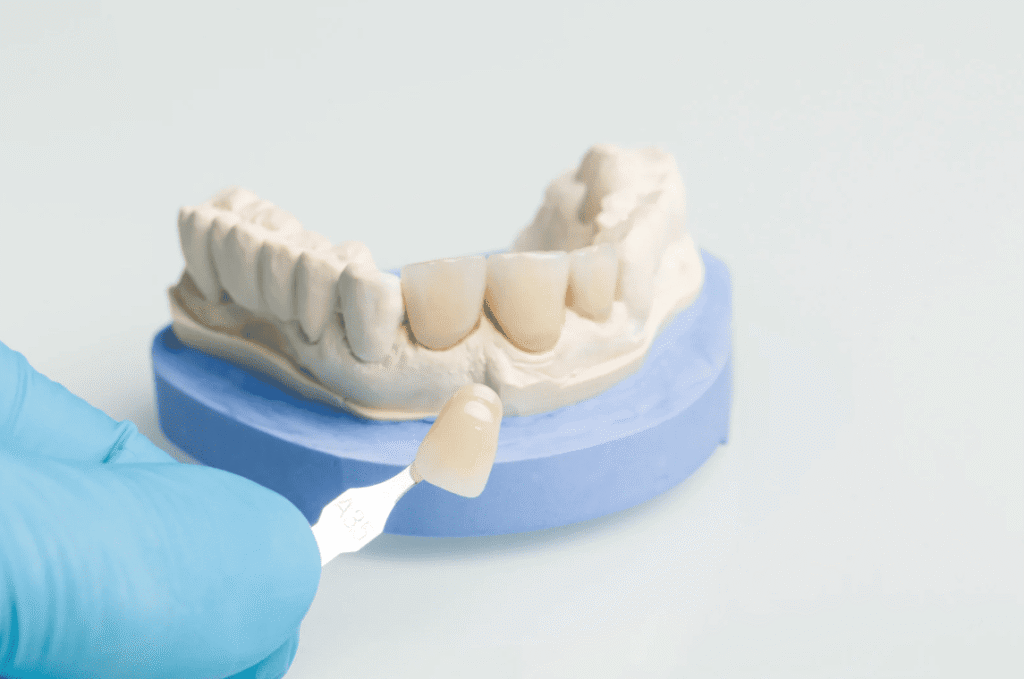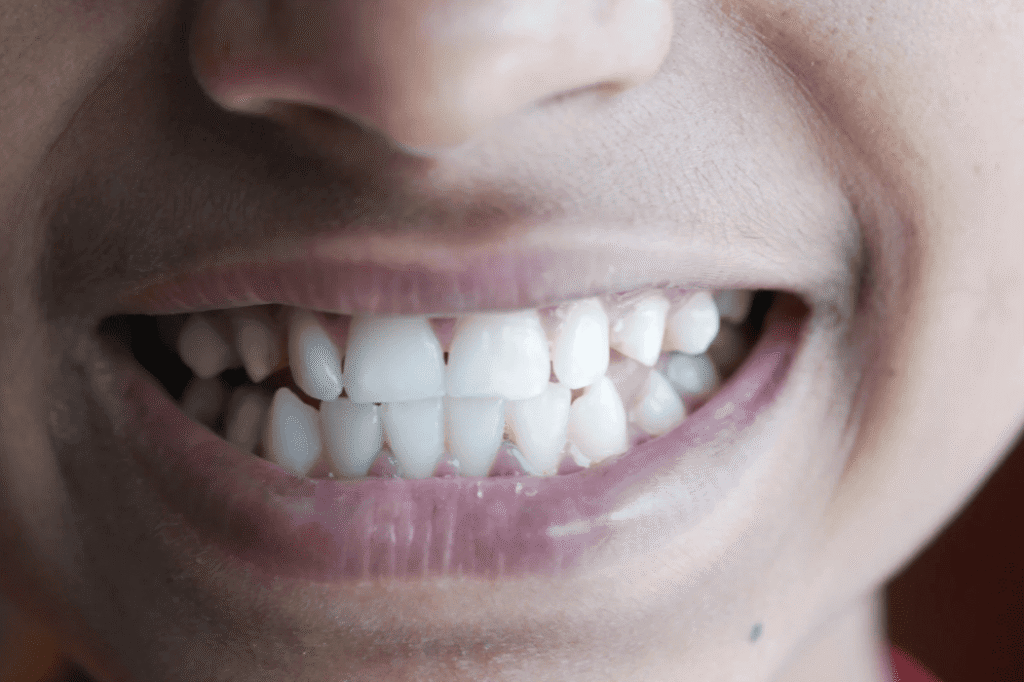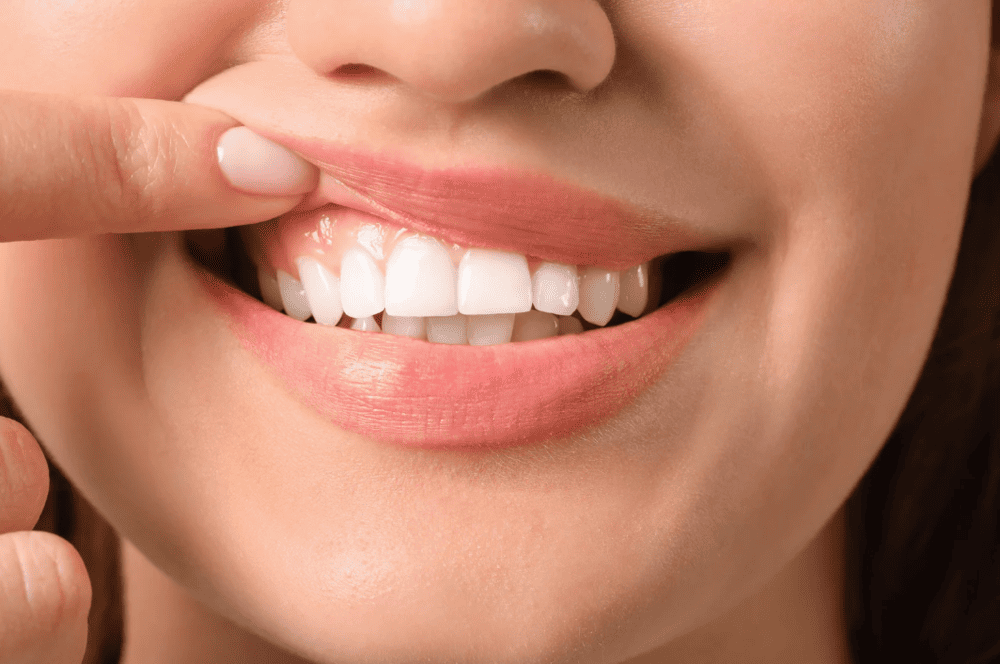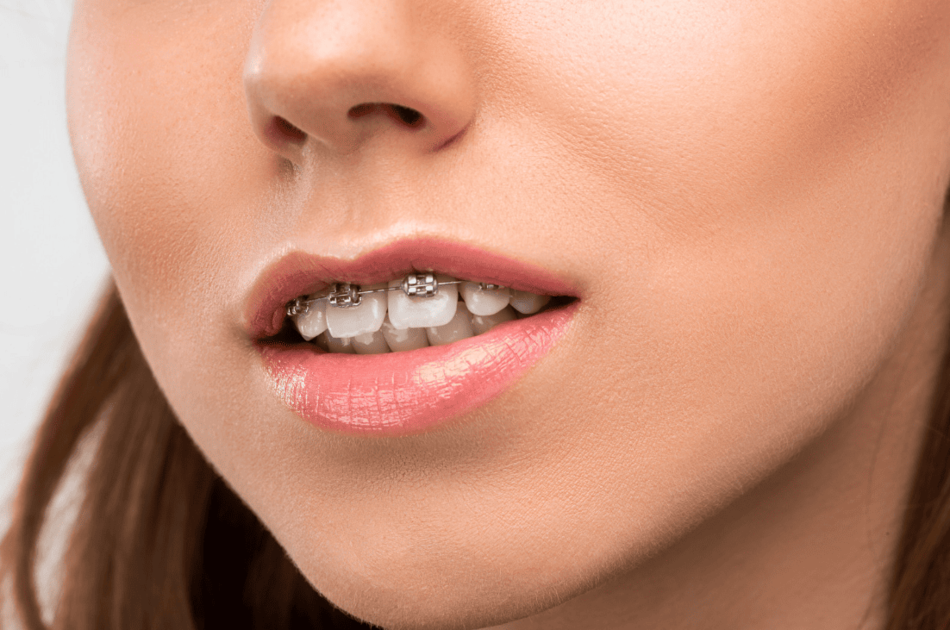
Root Canal Treatment and Crowns: Why Are Crowns Needed Post-Treatment?
Curious about root canal treatment and crowns? This guide explains why crowns are crucial after root canal therapy to strengthen teeth and restore aesthetics. Explore crown types, treatment processes, and more. Make informed decisions for dental health and a confident smile!

Why Are Crowns Necessary After Root Canal Treatment?
Dentists typically recommend installing a crown following root canal treatment to ensure the tooth structure receives adequate protection and to maintain the long-term stability of the treatment outcome. While root canal therapy effectively eliminates infections within the pulp and preserves natural teeth, the treated tooth becomes significantly more vulnerable due to physiological changes. Clinical data indicates that approximately 20% of root canal-treated teeth without crowns experience fracture risks within five years. Below is a detailed analysis of the primary reasons and necessity:
Structural Alteration of the Tooth
After the removal of the pulp (including nerves and blood vessels), the tooth loses its nutritional supply, resulting in dried and hardened enamel with a reduced compressive strength of approximately 30% to 50% (per American Dental Association research).
Protective Function
A crown serves as a full-coverage protective layer, effectively distributing chewing pressure and minimizing fracture risks, with a clinical success rate exceeding 95%.
Restoration of Appearance and Functionality
Beyond structural reinforcement, crowns restore the tooth’s anatomical shape and aesthetic appeal, making them particularly suitable for front teeth patients seeking a natural smile.
Special Requirements for Posterior Teeth
Posterior teeth (such as molars) endure chewing forces of up to 70 kilograms, prompting dentists to strongly recommend crown installation post-root canal treatment to ensure long-term durability.
Further Reading: Everything You Need to Know About Root Canal Treatment
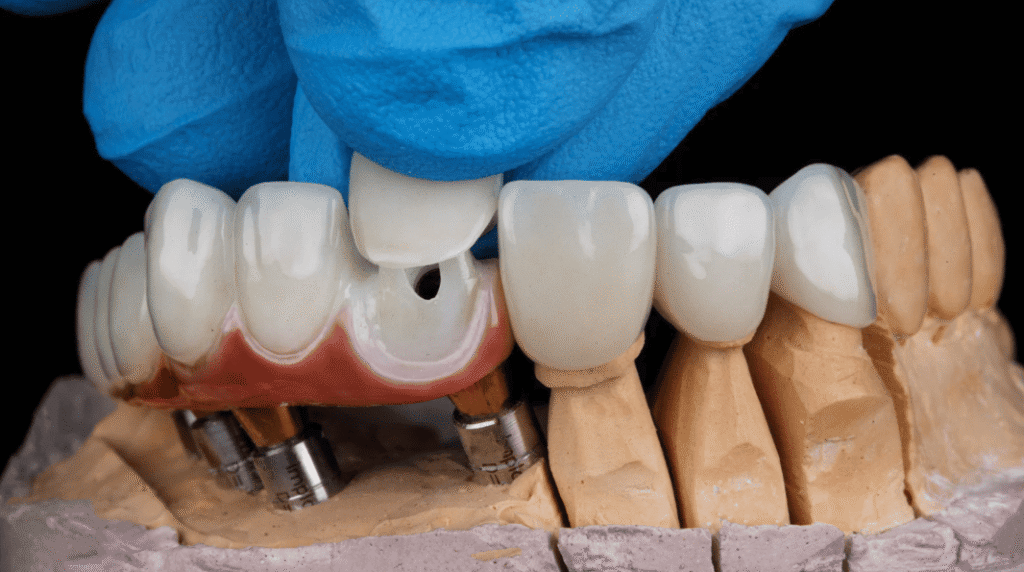
What Types of Crowns Are Available After Root Canal Treatment?
The material selection for crowns following root canal treatment (commonly referred to as “Du Ya Gen” crowns) directly impacts their durability, aesthetic appeal, and cost. Dentists recommend the most suitable type based on the patient’s needs, occlusal pressure, and aesthetic preferences. Below are three primary crown material options:
All-Ceramic Crown
- Description: Crafted from high-strength porcelain, this crown offers a color precisely matched to natural teeth, with excellent translucency and a clinical aesthetic satisfaction rate exceeding 90%, making it ideal for anterior tooth restoration.
- Drawbacks: Relatively brittle, with a compressive strength of approximately 200-400 MPa, it is unsuitable for posterior teeth subjected to extreme biting forces.
- Best For: Patients seeking anterior tooth restoration or prioritizing aesthetic outcomes.
Porcelain-Fused-to-Metal Crown
- Description: Combines the durability of a metal framework (typically a nickel-chromium alloy) with a compressive strength of 500-600 MPa and the aesthetic appeal of a porcelain overlay, suitable for posterior tooth restoration with a lifespan of 10-15 years.
- Drawbacks: Over time, the metal margin may become visible due to gingival recession, with approximately 5% of patients reporting mild allergic reactions.
- Best For: Patients requiring both durability and moderate aesthetic enhancement for posterior teeth.
All-Metal Crown
- Description: Made from gold or cobalt-chromium-based alloys, this crown boasts a compressive strength exceeding 800 MPa, offering exceptional wear resistance and suitability for long-term use.
- Drawbacks: Exhibits a metallic appearance, rendering it unsuitable for anterior teeth and less ideal in environments with high aesthetic demands.
- Best For: Patients with posterior teeth or less visible areas, particularly those experiencing significant chewing pressure.

Professional Root Canal Treatment Services
Smith & Jain Dentists, located in Central Hong Kong, offers premier root canal treatment and crown services, helping you salvage damaged teeth and restore a natural smile. From initial assessment to treatment completion, our professional team is committed to delivering personalized care and advanced technological support.
Why Choose Us?
- ✅ Expert Root Canal Therapy: Performed by seasoned endodontic specialists for precise treatment outcomes.
- ✅ Advanced Crown Technology: Offers a range of materials, including all-ceramic and porcelain-fused-to-metal, catering to both aesthetic and durability needs.
- ✅ Comprehensive Support: Equipped with cutting-edge diagnostic tools to ensure treatment efficacy.
💡 Ready to Protect Your Teeth?
The Process of Installing a Crown After Root Canal Treatment
The installation of a crown typically occurs within a few weeks following the completion of root canal treatment, with the precise timing determined by the dentist based on the tooth’s healing progress and individual needs. The following outlines the standard treatment process, designed to ensure optimal outcomes and patient comfort:
1. Tooth Assessment and Preparation
The dentist will conduct a clinical examination and utilize digital X-ray imaging to evaluate the success of the root canal treatment, confirming the complete elimination of infection. Subsequently, the tooth will undergo precise reshaping according to crown design requirements, establishing a stable foundation for subsequent installation.
2. Impression Taking and Fabrication
Employing advanced digital scanning technology or traditional silicone molds, the dentist will accurately record the tooth’s morphology and occlusal relationship. The collected data is then transmitted to a professional dental laboratory, where technicians craft a customized crown to ensure harmony with surrounding teeth.
3. Temporary Crown Installation
During the fabrication of the permanent crown, the dentist will install a high-quality temporary crown to protect the restored tooth from external irritation or secondary damage. Constructed from durable materials, the temporary crown maintains chewing functionality until the permanent crown is ready.
4. Permanent Crown Installation
Approximately one to two weeks later, the permanent crown is delivered. The dentist will perform meticulous adjustments to ensure accurate occlusion and secure the crown using professional adhesive, achieving long-term stability and a natural appearance.
*The entire process generally involves 2 to 3 professional follow-up visits, with the exact number depending on case complexity and healing progress. The dentist will provide personalized scheduling to optimize the treatment experience.
Conclusion
Root canal treatment serves as an effective method to salvage damaged teeth, while the installation of a crown represents a critical step in protecting the treated tooth. Whether enhancing tooth strength or restoring aesthetics, crowns offer long-term oral health benefits. If you require root canal therapy or crown installation, it is advisable to consult a professional dentist promptly to select a treatment plan tailored to your needs.
Disclaimer
All information provided on this website is for informational purposes only and is intended to help readers gain general knowledge about dental health. The content on this website should not be considered a substitute for professional dental diagnosis, advice, or treatment. If you have any dental concerns, please consult a licensed dentist for appropriate medical advice and treatment. Smith & Jain Dentists and its affiliates are not responsible for any direct or indirect damages resulting from the use of this website’s information. This website may include links to external websites for reference purposes only. Smith & Jain Dentists is not responsible for the content or accuracy of third-party websites.

